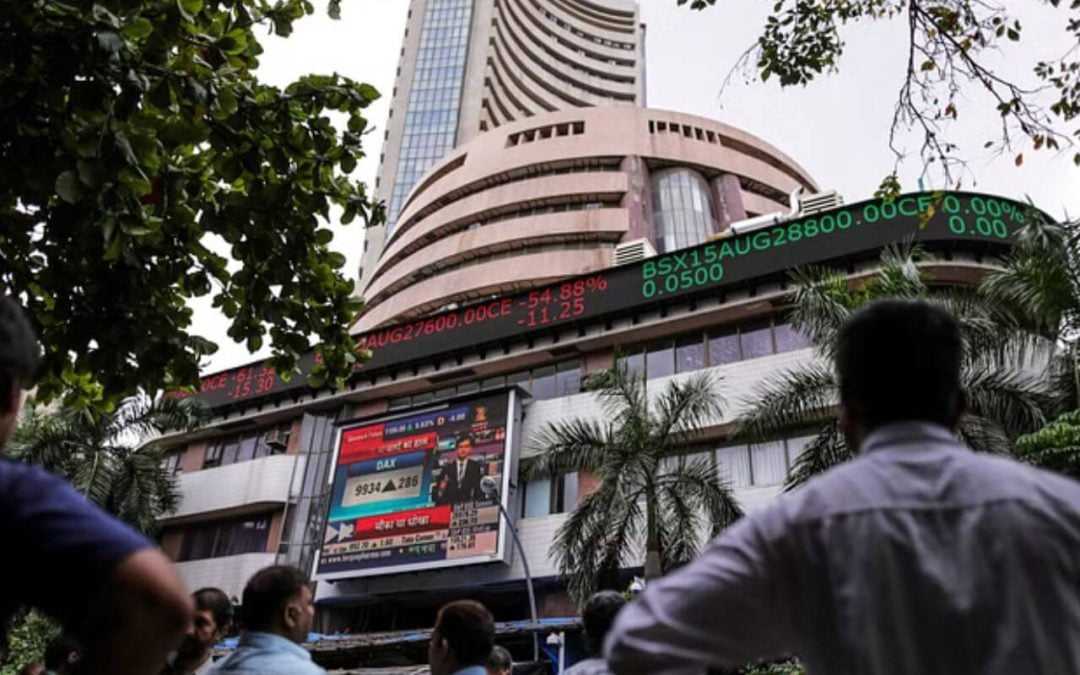The Indian stock market stands at a critical juncture, facing multiple potential challenges that could trigger a significant market correction. Investors are navigating a complex landscape marked by year-end mutual fund portfolio adjustments, foreign institutional investor profit booking, geopolitical tensions, and uncertainties surrounding global economic policies.
The Nifty index faces potential volatility from factors including Federal Reserve decisions, Middle East instability, rupee depreciation, and upcoming corporate quarterly results, creating an atmosphere of cautious anticipation among market participants.
Reasons for the recent Volatility in the Markets
HPMV Virus Impact
The recent volatility in the markets can be attributed to the outbreak of the HPMV virus, which has raised concerns regarding its impact on global supply chains and economic activity. As the virus spreads, it disrupts manufacturing and agricultural sectors, leading to concerns about inflationary pressures and reduced productivity. Investors are uncertain about how long these disruptions will last, which has led to increased market fluctuations as businesses and economies brace for the economic fallout from the virus.
Rising Uncertainty Regarding Donald Trump’s Policy
The rising uncertainty about former U.S. President Donald Trump’s policy direction is also contributing to market volatility. His potential re-election and proposed policies, especially regarding tariffs and trade, raise concerns about how global trade dynamics would shift. The possibility of heightened trade tensions between the U.S. and major economies, particularly China, has investors worried about the implications on global markets. These concerns are prompting cautious investment behavior, leading to market fluctuations as businesses reassess their risk exposure.
Lower Projections by Govt. of India Regarding GDP
India’s government has lowered its GDP growth projection for FY25 to 6.4%, marking a four-year low. This downward revision is causing concern among investors, as it signals slower economic recovery following the pandemic. The reduced growth forecast reflects challenges such as inflation, weak consumer demand, and global economic headwinds. The revised projections are leading to cautious sentiment in the market, with investors worrying about the overall pace of India’s economic growth and its potential impact on corporate earnings and stock performance.
Uncertainty Regarding Q3 Results Leading to Profit Booking
The uncertainty surrounding Q3 corporate earnings has led to profit booking by investors, further exacerbating market volatility. Many companies are expected to report weaker-than-expected results due to inflationary pressures, rising input costs, and supply chain disruptions. This uncertainty has made investors adopt a more cautious approach, leading to a reduction in stock positions and a re-evaluation of their portfolios. As a result, market participants are focused on potential surprises in earnings reports, with many opting to lock in gains ahead of the results.
Nifty has formed an inverted cup and handle pattern on the chart and is currently testing the 61.8% Fibonacci retracement level from where the index had bounced earlier. Additionally, the big red candles in the last few days indicate strong selling pressure at the current levels. Nifty looks to be structurally weak as the Index has also broken and closed below the 200-day Exponential moving average.
Conclusion
Based on the technical and fundamental factors, the Nifty’s direction remains uncertain in the short term. While the formation of an inverted cup and handle pattern, breach of the 200-day EMA, and strong selling pressure suggest bearish momentum, multiple factors could drive a potential recovery.
The market’s trajectory will likely depend on upcoming Q3 results, global developments including the HPMV virus situation, and clarity on Trump’s policy stance. Additionally, the government’s revised GDP projections of 6.4%, though lower, still indicate stable growth. Historical patterns suggest that markets often witness strong rebounds after deep corrections of 10%+.
Investors should maintain a balanced approach, focusing on quality stocks while keeping sufficient liquidity to capitalize on opportunities that may emerge during market volatility.
Written By: Dipangshu Kundu
Disclaimer

The views and investment tips expressed by investment experts/broking houses/rating agencies on tradebrains.in are their own, and not that of the website or its management. Investing in equities poses a risk of financial losses. Investors must therefore exercise due caution while investing or trading in stocks. Dailyraven Technologies or the author are not liable for any losse





